First mentioned in 1520, nothing notable really happened here until it was annexed by Prussia during the second partition of Poland in 1795. Later a part of Napoleon's short-lived Duchy of Warsaw and then falling within the subsequent Russian Partition in 1815, the salt mining areas of Wieliczka and Bochnia were now a part of Austria, meaning that salt was a harder commodity to import. On the initiative of Stanisław Staszic, a forward-thinking Pole of the age, the now-famous salt extraction project was created, where the area's saline water was pumped into graduation towers, where it would evaporate in the open sun. The trend of 'health springs' was also popular at the time, and saline water was believed to have health benefits for various ailments. The idea for the spa plant and health resort in Ciechocinek began in the mid-1830s, around the same time that Sopot was being developed for similar purposes. In 1867, Ciechocinek was hooked up to the Bydgoszcz-Warsaw railway, resulting in an explosion of popularity and visitors pouring in for a bit of R&R. Approximately 30% of these were Russians who had heard the hype and made the trip from deep in the Empire! Amazingly, it would take another 49 years for Ciechocinek to gain town rights.
Spending time on both sides of the Eastern front during WWI, the town served as a military hospital site when the German and Austrian army rolled through in 1915. As a result of the fighting, the town was significantly damaged. The war ended in 1918, and subsequent Polish independence saw the spa was taken over by the new Polish Ministry of Health and the town was able to rebuild and further increase its infrastructure. It was around this time that the Health Park was created, consisting of a thermal-saline pool, the Jordan Garden, a sports field and vast green areas surrounding the graduation towers.
Ciechocinek was captured by the Nazis during the invasion of Poland and the start of WWII. Numerous Poles from the town and local area were murdered and 80% of the Jewish community either fled or were sent to Inowrocław or Kulmhof concentration camps. Renamed Hermannsbad, around 640 locals were expelled under Hitler's liebensraum policy and replaced by 1,000 Germans. It was 'liberated' by the Soviets in 1945, avoiding significant damage. With Poland under communism until 1989, 21st-century Ciechocinek is more popular than ever before, with convalescents and vacationers from all over Europe and abroad coming to use its health facilities.


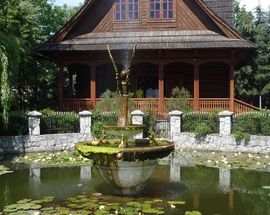
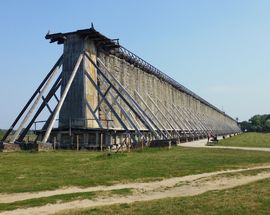
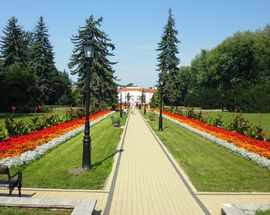
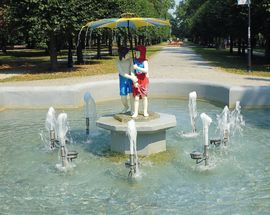
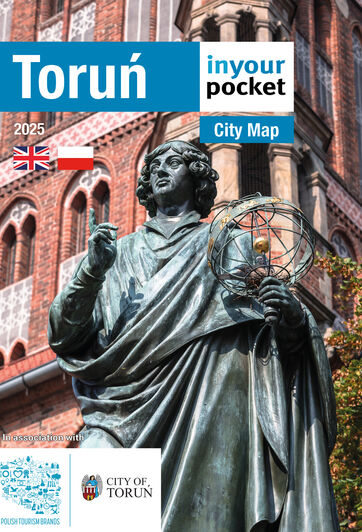
Comments